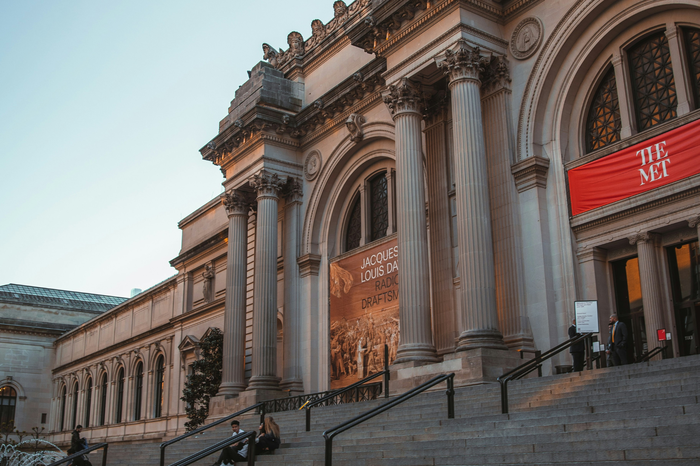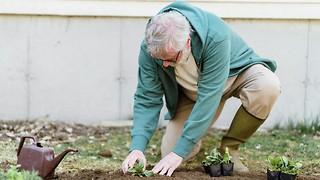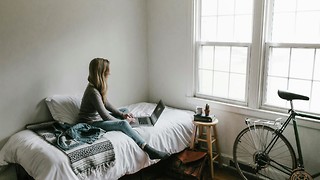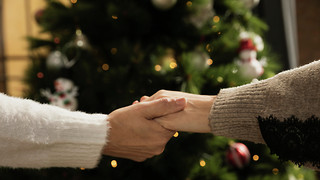The rise of Rococo: why we’re dressing like 18th century duchesses
Niamh Walters discusses the resurgence of Rococo fashion
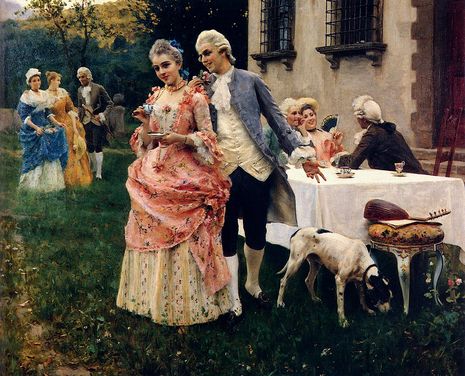
The year 1722… a period beset by pandemics, the threat of war and economic instability. Sound familiar?
As France faced an economic crash, coinciding with smallpox outbreaks and an imminent war over Austrian succession, “those who could afford to do so escaped the unrelenting grimness by indulging in pretty, pastel maximalism”. Because of this instability, Rococo was born, characterised by extravagant silhouettes, pastels and delicate embellishments that offered “a fanciful retreat from rigid minimalism”.
“Rococo was born, characterised by extravagant silhouettes, pastels and delicate embellishments”
With this context, it seems inevitable that the mid-2020s would see the revival of Rococo, with searches for ‘Rococo outfits’ on Pinterest soaring by +5465%, resulting in Pinterest consequently featuring the ‘Rococo revival’ as a key trend prediction for 2025. As with the nature of trends, the current internet buzz for Rococo on TikTok feeds follows an established resurgence of the style on runways in recent years. In particular, the Fall/Winter 2024 shows solidified this revival; exaggerated silhouettes featuring billowing skirts, puffed sleeves, and structured corsets dominated the runway in a myriad of “silks, satins, and velvets,” “evoking the grandeur of the Rococo era” (L’Officiel Monaco, 2024). In 2024, designers added an element of gender fluidity to these silhouettes, Palomo Spain notably including a range of menswear corsets that echo the lavish couture of Madame de Pompadour.
Beyond designer runways, brands such as Selkie similarly embarked on the trend with the release of its new ‘Libertine’ collection, emphasising “frills, corsets, voluminous skirts and bows” (Airson, 2025), with many models even sporting big wigs at New York Fashion Week. When outlining the influence of the collection, the designer Kimberly Gordon cited the significance of 18th-century France, acutely paralleling the political turbulence of 2024. Notably, Gordon presented the Rococo influences as symbols of autonomy and self-expression, a “modern celebration of feminine power” (Selkie TM on Instagram: 2020).
“Rococo offers the escapism so many of us crave, emphasising beauty and pleasure”
In this light, Rococo has seemingly been reclaimed as a celebration of expression and individuality, in which “the inherent queerness of Rococo has been reclaimed in celebratory mode” (Art Review, 2022), perhaps evoked through the inherent maximalism of the aesthetic that rejects “the sterility and conformity” of previous minimalist trends (Pinterest Predicts, 2025). While the embellished feminine motifs of the French court were once dismissed as “suspicious, unserious and corrupt” by 18th-century England (Thom, 2022), the softness and delicacy of Rococo have subsequently been transformed into a site of resistance, breaking free of moulds that represent a specific order.
Disenchanted with the neutral colour palettes of the ‘beige mom’ and ‘clean girl’ aesthetic, Rococo offers the escapism so many of us crave, emphasising beauty and pleasure. In this respect, the Rococo revival seemingly parallels the paradoxical cravings for small luxuries in periods of economic uncertainty, a phenomenon labelled in recent years as ‘the lipstick effect’. While originating from the early 2000s, the 2022 pandemic recession reiterated this phenomenon in practice, with an uptake in lipstick sales compared with the previous year (Wood, 2022). Rococo’s emphasis on delicate embellishments and small fineries expands the influence of the lipstick effect on fashion, representing a slice of indulgence and joyful escapism that it offered to the French aristocracy in its first iteration.
However, we’re no longer in the 1720s - so how do we modernise Rococo for 2025 without resembling a Marie Antoinette costume? Fortunately, the preceding feminine styles of ‘balletcore’, ‘regencycore’, and coquette offer inspiration in capturing the hyper-femininity and elegance in contemporary outfits, catalysing the rise of bows, pearls, and chokers. Such accessories can easily be paired with a puff-sleeve blouse, a versatile combo that works with jeans or a long skirt. In terms of colours, Rococo typically combines pastel shades with jewel tones. Yet, recent iterations of Rococo have expanded the colour palette, with Marie Claire noting the inclusion of “some darker shades like burgundy and black” (Piza, 2024).
In the face of uncertainty, the Rococo revival reminds us that delicacy and softness are not merely passive or frivolous; they can be symbolic acts of rebellion. Just as it once provided a means of escapism for the 18th-century French elite, the return of puffed sleeves and delicate pearl chokers indulges our desires for self-expression, romance and visual pleasure… without the powdered wig or the looming threat of the guillotine.
 News / Cambridge students accused of ‘gleeful’ racist hate crime4 December 2025
News / Cambridge students accused of ‘gleeful’ racist hate crime4 December 2025 News / Churchill announces June Event in place of May Ball3 December 2025
News / Churchill announces June Event in place of May Ball3 December 2025 News / Cambridge cosies up to Reform UK30 November 2025
News / Cambridge cosies up to Reform UK30 November 2025 Comment / Don’t get lost in the Bermuda Triangle of job hunting 24 November 2025
Comment / Don’t get lost in the Bermuda Triangle of job hunting 24 November 2025 Lifestyle / Thank god for breakups4 December 2025
Lifestyle / Thank god for breakups4 December 2025

